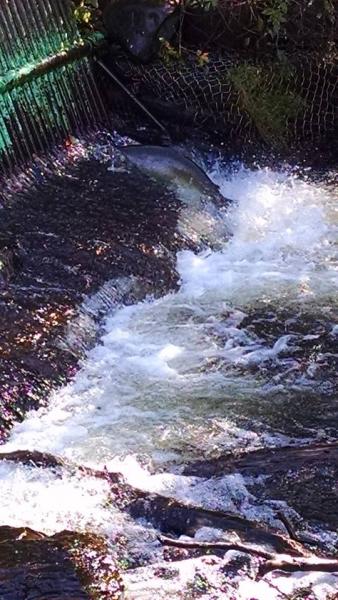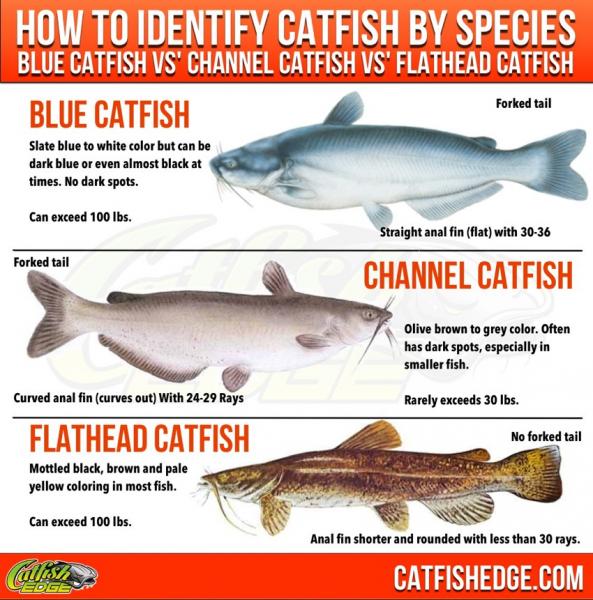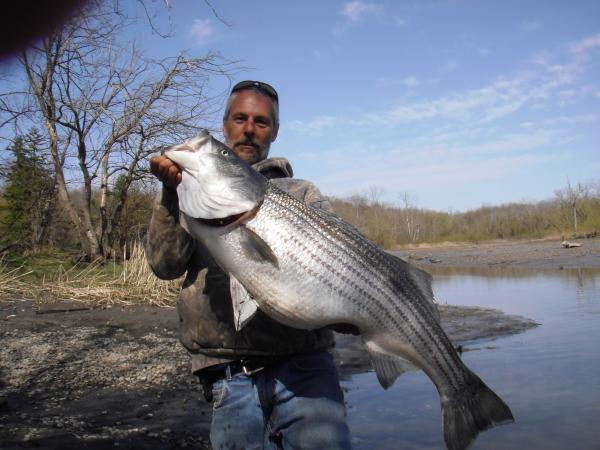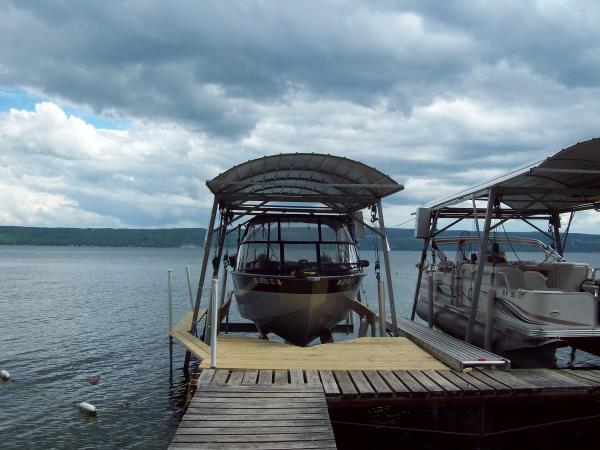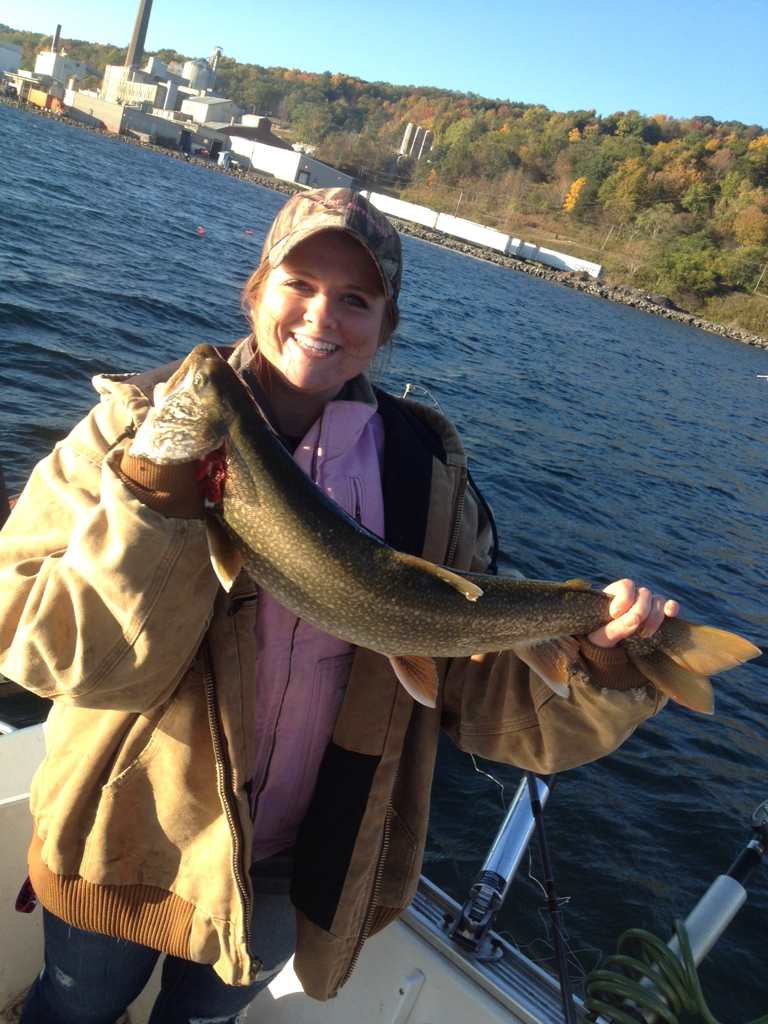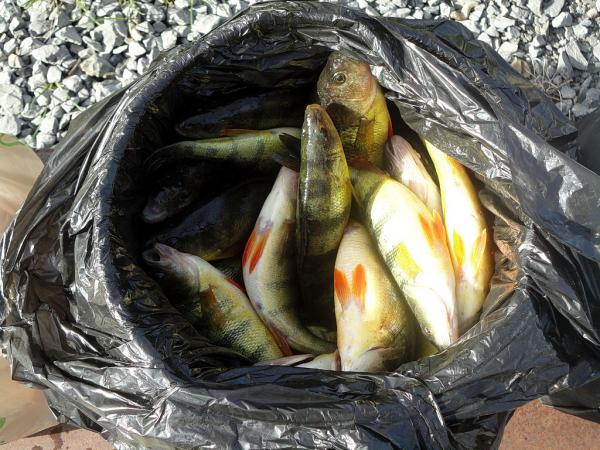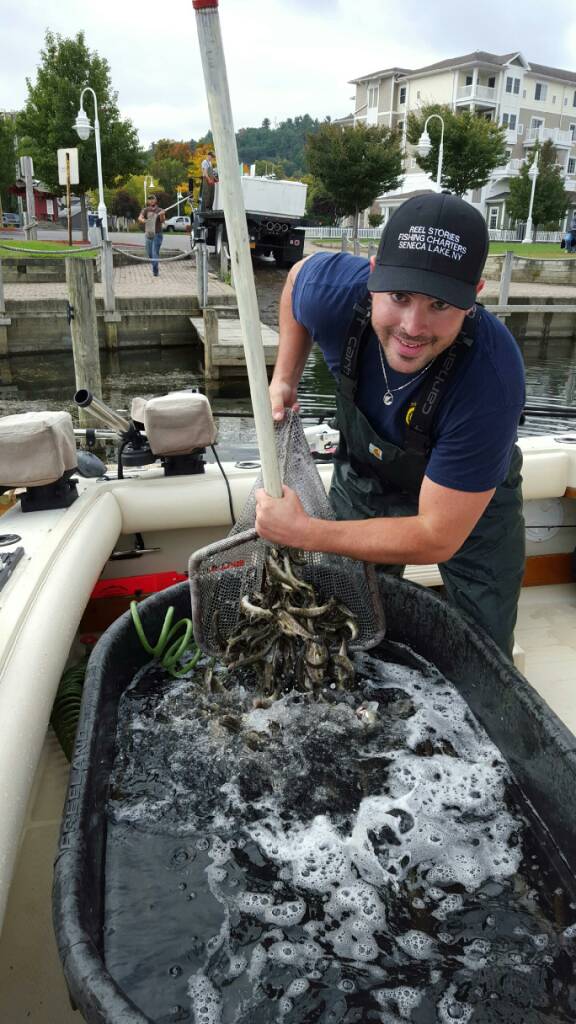-
Posts
13,872 -
Joined
-
Last visited
Everything posted by Sk8man
-
This time of year I run small to medium spoons off fluoro leaders run way back for the bows with 6-8 ft sliders as well off downriggers. If the water surface temps are in the 50's early in the morning before the sun gets high try running boards in close even near docks if fishing the south end of the lake for browns. I don't often use sticks this time of year but they may work (e.g. J-9 size or J-ll). The small Honeybee spoons also are known brown killers on Canandaigua. Often running 2.8-3.4 works for the bows with the smaller faster running spoons. Unlike lakes such as Seneca which has a very diverse bottom Canandaigua is largely a combination sandy muck bottom so a lot of the laker fishing is looking for active suspended fish around bait pods rather than dragging cowbells along gravel or rocky bottom structure.
-
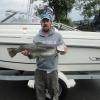
DEC response to Salmon Numbers
Sk8man replied to troubles's topic in New York Fishing Reports - Lake Ontario (South Shore)
After reading these last 8 pages I can't help but throw in a response. First of all like Keith I feel that the LOU crew is in general a cut above the norm in terms of not letting emotion totally take over an intellectual discussion. After more than 40 years of salmon fishing I've learned more details about Lake O itself from this thread than any other source I've looked at. I also note that much but not all of the commentary is subjective in nature meaning that specific data and interpretation by qualified scientists is missing from many of the issues raised and comments offered. We all have a lot to learn about the lake and it's fishery. One of the things that I keep coming back to in my own mind is the impact of the Zebra and Quagga mussels as well as the water fleas on the lake and the food chain itself along with the composite of things already mentioned as potential adverse variables (e.g. weather etc.). The food chain itself in any ecosystem is a complex interplay of many players and when a problem occurs the lower down in it that the problem occurs the greater the potential impact on the organisms above it. If the levels of phytoplankton and zooplankton have been decimated by the high levels of these invasives it could take a significant amount of time to actually see the severe impact on the higher elements in the chain such as the apex predator and its cohabitants and given the large expanse of the lake and diverse nature of the lake structure itself regions of the lake could be differently affected. It is not just the trout and salmon species that have been affected. The black bass and perch populations have also tanked, and it is not limited to just Lake O as the Finger lakes have also been seriously compromised and this may underscore what I'm suggesting. This is a complex problem and anyone seeking a "silver bullet" origin or solution to it is making a mistake. -
-
Ellupo62 you have a PM
-
I think the water temp needs to come down a bit yet before things really heat up on some of the lakes so don't get discouraged just yet folks
-
I hate to say it but don't expect a whole bunch of good tips on that subject.Perch fishermen are about the tightest lipped of all fishermen. It has always been that way and there is a logical reason for some of it. They are very different than trout in their habits and when dialed in they can be fairly easily decimated by fishermen who know what they are doing so those folks will be VERY protective of their spots (even lakes) not to mention techniques etc.
-
-
I think the fact that the fleas are still around is related to the water temp that has been in the 60 ish range in the Fingers. I'm pretty sure the norm for this particular point in the season is in the mid to high fifties water temp wise. Hope fully they will disappear with the projected lower air temps this weekend which should also bring down the water temp a bit. Hopefully it will also turn on the perch bite in the shallows.
-
Just an FYI regarding the dead bait issue. I believe in the bait regs they stated something about the the fact that the only dead bait that can be used is commercially prepared baitfish that are not prohibited from use (e.g. Goby) and the packaging has to be present too. Bait such as those just frozen or salted minnows etc. are not allowed.
-
Very good advice Larry and timely as well.
-
For most jigging on Lake O 20 lb braid and a 2-2 1/2 oz jig will work down deep if you choose your day carefully and the lack of stretch will help greatly with results. Remember although you may be targeting lakers there are kings and cohos present in the lake and you never know where they are going to be....sometimes they are mistaken for lakers near bottom . I'd be using a high capacity bait casting reel with a good drag and a rod with some stiffness. A lot of the lake is a flat basin that you can drag the jig across too when they are on or very near bottom without the steep drop offs, unpredictable structure changes and canyons in an ocean environment. Ocean currents and rip tides etc. are a much different matter too.
-
-
For those folks here new to jigging or Lake O for that matter - It is never an "either or" situation in fishing and that is what makes it such a great sport. Jigging and trolling both have their place and the person that masters both will be the most productive. Both have one thing in common as far as success goes....water conditions conducive to it. When the wind is up and the waves are cresting neither usually works real well. The other factor is water currents - and both require adjustments in technique and equipment. With jigging it is important to be able to stay over or very near the fish to be able to present your"bait" (jig or spoon) properly and the wind and currents raise h with this much of the time. Lake O has very "active" subsurface currents sometimes going in multiple directions at the same time so you need to be able to "hover" (e.g. electric trolling motor) over the fish if not anchored up and often use heavier jigs than normal to deal with the subterranean currents. "Drifting" while jigging is often difficult on Lake O because of the rolling wave characteristics that can take you far from the target in just one wave. As with any other lake locating active fish is the key and then staying with them becomes the next objective. Pick a pretty flat day out there to give it a try.
-
-
Seneca (north end) has seemed to be a couple weeks behind the norm all season long and I wouldn't be surprised if when the water temps go into the fifties the fishing will pick up in the top 30-50 ft to surface over whatever for the silvers. Browns are always a question mark but many of the bigger ones will be spawning or getting ready for it in the usual places. The lakers should be back in gear in early November if the night time temps bring down the shallow water temps and the wind is out of the south for a while but again could be a little late this year compared with the norm. Perch fishing has also been "off" thus far for most of the folks I know.
-
-
Get a tire patch kit for bicycles. The rubber cement will hold up real well and the rubber patch material will allow bending so it doesn't crack the material around it. When storing rubber hip boots or waders hang them up fully stretched out rather than folded up and always away from natural gas or propane sources which will dry and crack the rubber (e.g furnaces, gas hot water heaters etc.
-
-
Mike - the Walleye boards are designed primarily for keeping whatever you are running out to the side of your boat and there is nothing magical about them as far as that goes. They do a pretty good job of running most things but not all. Longer cores and coppers should be run off either big boards (e.g. on planer mast or off a hard top) or Tx44 sized inlines. They will handle most things that dig deep or are "heavier" in the water. When using the walleye boards with medium "drag" objects (deep diver sticks, small dipseys, or other things with noticeable resistance in the water) the counter weights in the bottom of the boards have to be adjusted to whatever you are trying to run and not just an "estimate" while on land but actually out in the water as you are using them because just moving the weights all the way forward or back may not solve the specific problem... they need to be "fine tuned" to the specific object they are pulling for some things because some objects or lures pull to the side not just downward and that affects the way the boards run. There is also a "balancing act" that occurs when you tax the boards with too much weight or drag and once you reach the "tipping point" you need to shift to bigger boards. The main reason for using braid on the main lines is the lack of stretch with the boards just as in using dipseys and again the smaller diameter - usually the better they cut through the water, and a little more depth may be achieved the smaller the diameter but when using weights you need to adjust the weight accordingly too. especially with "high drag" objects. Don't throw away the walleye boards just yet I've grown to be fond of mine but I also use outriggers still too
-
-
Nick I think the problem was we got way off topic from your original post and I apologize for starting the off topic stuff. You were merely letting us know about the stocking and I think that things drifted off the mark from there but try to keep it in perspective too s*&^t happens and this website is a really good one when we play by the rules and when we don't get caught up in things and go astray. Fishing can be and often is a frustrating activity when folks don't have things dialed in and there can be many reasons for that but the Internet has become the vehicle for venting frustration. I wouldn't lose any sleep over this posting information bud. We enjoy your posts and I for one appreciate you letting us know about the stocking down at that end of the lake.
-
-
-
-
Te rain and cooler nights should bring the water temps down a bit. Top lining .... coming to a location near you soon



